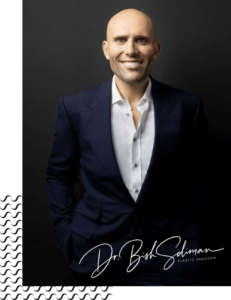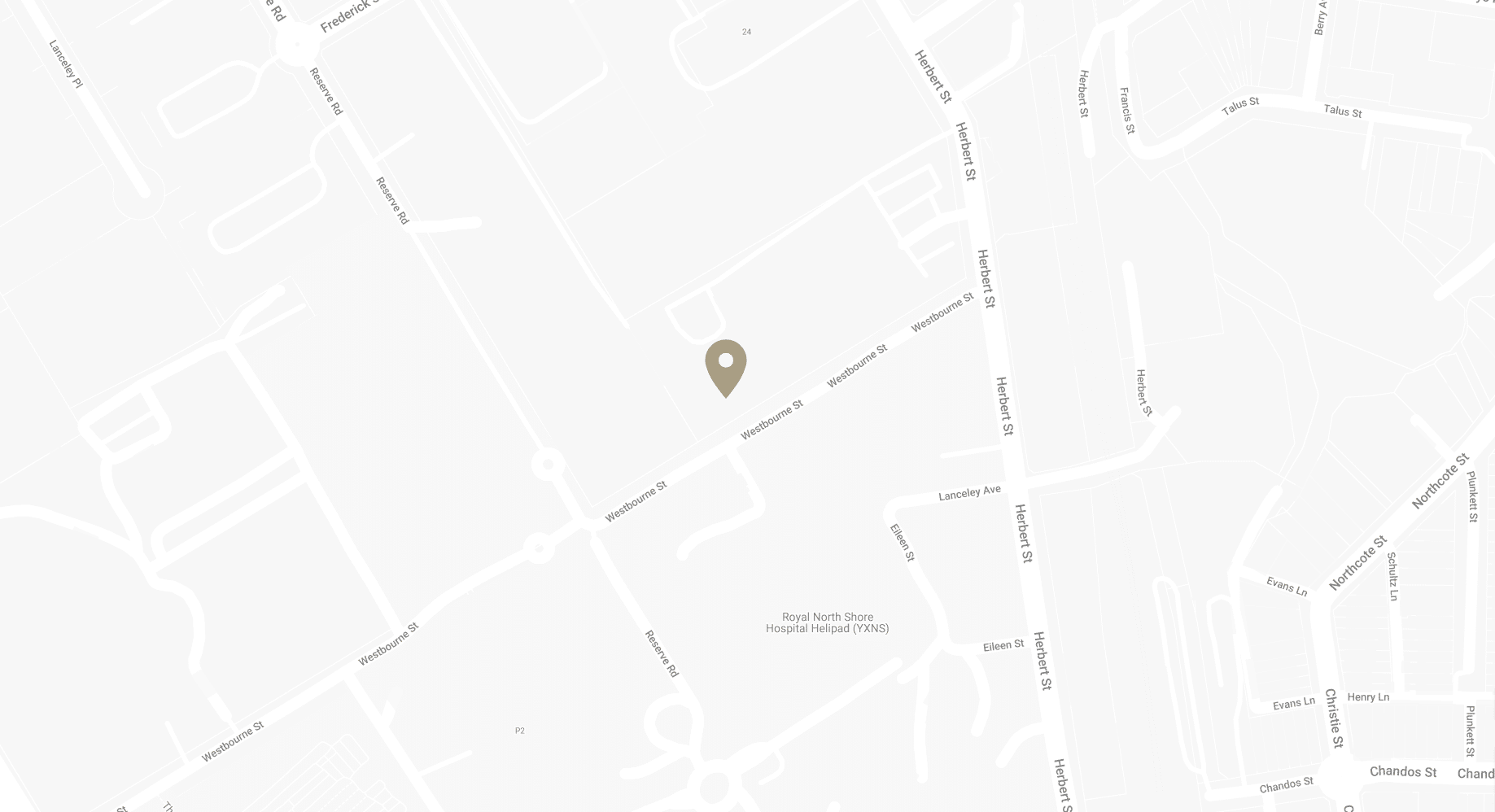Body Procedures after Massive Weight Loss
Following significant weight loss, many individuals find themselves with excess skin that no longer retracts to fit their new body shape. This is where plastic surgery can play a role. Plastic surgery after major weight loss, also known as post-bariatric surgery or body contouring, helps get rid of the excess skin.
When you lose a substantial amount of weight, the skin and tissues often lack the elasticity to conform to the reduced body size. As a result, you may experience sagging skin in various areas, including the abdomen, arms, thighs, and breasts. This excess skin can sometimes lead to hygiene issues, skin irritation, and other discomforts.
Plastic surgery offers a solution to these challenges by removing the excess skin and tightening the remaining tissues. The removal of excess skin can increase comfort and mobility. Activities that may have been uncomfortable or difficult due to the excess skin might become easier, allowing for a more active lifestyle. Additionally, the reduction in skin folds decreases the risk of skin infections and irritation, contributing to an overall improvement in hygiene and comfort.
Specialist Plastic Surgeon Dr Bish Soliman possesses the experience to perform a wide range of plastic surgery procedures, offering a helping hand to those looking to get cosmetic surgery after significant weight loss.
Download Dr Bish Soliman Abdominoplasty Guide
What Is Body Contouring?
Body contouring is a term that includes a variety of surgical procedures designed to reshape the appearance of the body following massive weight loss. The primary aim of these procedures is to remove excess sagging skin and fat, enhancing the shape and tone of the underlying tissue. Despite achieving a remarkable weight loss milestone, the presence of loose, excess skin can obscure the results, affecting how you perceive your body and how comfortable you feel in your skin. By addressing these concerns, body contouring plays a role in the final stage of your weight loss journey, offering a solution that diet and exercise alone cannot provide.
Here are some popular plastic surgery procedures after major weight loss:
· Abdominoplasty (Tummy Tuck)
Abdominoplasty, commonly known as a tummy tuck, is a procedure tailored for individuals looking to address their abdominal area’s appearance. The process involves the surgical removal of excess skin and fat from the middle and lower abdomen and the tightening of the muscle and fascia of the abdominal wall. It’s important for candidates to understand that a tummy tuck – abdominoplasty is not a substitute for weight loss or an appropriate exercise program. Rather, it’s a corrective procedure that addresses issues not solvable by lifestyle changes alone. Recovery from abdominoplasty can vary but generally involves a period of rest and limited activity to ensure proper healing.
· Mastopexy (Breast Lift)
Mastopexy, or breast lift, addresses the issue of sagging breasts, a common concern among women who have experienced pregnancy, breastfeeding, weight fluctuations, or the natural ageing process. This procedure aims to elevate the breasts by removing excess skin and tightening the remaining tissue to support a more uplifted breast profile. Unlike breast augmentation, which primarily focuses on increasing the size of the breasts, a breast lift redefines the natural contour of the breasts without significantly altering their size. The outcome is firmer, higher breasts that provide a more harmonious balance to the overall figure. Patients contemplating a mastopexy should be aware that while scars are an inevitable outcome of this surgery, they might fade over time and are typically placed in locations easily concealed by clothing.
· Brachioplasty (Arm Lift)
Brachioplasty, or an arm lift (hyperlink this?), is designed for individuals who wish to correct the appearance of sagging underarms. Weight loss or natural ageing can lead to the development of excess, drooping skin in the upper arm area. During brachioplasty, your surgeon removes this excess skin and fat, tightening and smoothing the underlying supportive tissue to create a more toned and defined arm contour. The procedure can alter the overall shape of the arms, making them appear more proportionate to the rest of the body and allowing for greater comfort. Recovery involves following specific care instructions to minimise discomfort and ensure the best possible healing.
· Thigh Lift
A thigh lift is a surgical procedure aimed at altering the contours of the thighs and lower body. It is particularly suited for individuals with excess skin and fat in the thigh area, a common issue after substantial weight loss. The procedure can target either the inner or outer thighs (or both), depending on the individual’s needs, and involves removing excess skin and fat to achieve smoother, more proportionate thigh contours. As with other body contouring surgeries, candidates for a thigh lift should have realistic expectations and be committed to maintaining a stable weight to preserve the results of the surgery.
· Liposuction
Liposuction is a versatile procedure used to remove localised fat deposits from various parts of the body, including the abdomen, hips, thighs, buttocks, arms, and neck. It is particularly effective for contouring areas where stubborn fat remains despite diet and exercise. While not primarily a procedure for removing excess skin, liposuction is often performed in conjunction with skin removal surgeries to enhance the overall body contouring effect. The procedure involves the insertion of a thin tube, or cannula, through small incisions to vacuum the fat tissue from the body. Recovery time and expectations vary depending on the extent of the procedure, with most individuals able to return to normal activities within a few weeks.
Criteria for Candidates for Post-Weight Loss Surgery
This determination is not solely based on one’s desire for change but also on specific criteria that ensure the safety and effectiveness of the surgery. Here are some considerations:
Stability in Weight
Achieving and maintaining a stable weight for a certain period is fundamental before undergoing plastic surgery. This stability indicates that you have reached a plateau in your weight loss journey where your body has adapted to the new weight. It’s important because fluctuations in weight post-surgery can negatively affect the results, leading to additional sagging or stretched skin. Dr Soliman often recommend that candidates maintain their target weight for at least six to twelve months before considering surgery.
Overall Health Conditions
Your overall health plays a critical role in determining your eligibility for plastic surgery. Candidates must be in good health, with no medical conditions that could impair healing or increase surgery risks. Conditions such as heart disease, diabetes, or high blood pressure do not automatically disqualify you, but they must be well-managed. A thorough medical assessment will be conducted to ensure that you’re fit for surgery. It’s also important to disclose any medications or supplements you’re taking, as some may need to be adjusted or temporarily stopped.
Realistic Expectations
Having realistic expectations about the outcomes of post-weight loss surgery is important. While these procedures can produce significant changes in your appearance and comfort, they are not without limitations. Scarring, for example, is an inevitable part of the process, and the results vary based on individual factors like skin quality, age, and the body’s response to surgery.
Commitment to a Healthy Lifestyle
A commitment to maintaining a healthy lifestyle post-surgery is vital for preserving the results. This includes adhering to a balanced diet, engaging in regular physical activity, and avoiding habits that could compromise your health or the surgical outcomes, such as smoking. Plastic surgery after weight loss is not a quick fix. The longevity of the results heavily depends on your commitment to a healthy lifestyle.
FAQs about Plastic Surgery after Major Weight Loss
What is the recovery process like after body contouring surgery?
- The recovery process after body contouring surgery varies depending on the specific procedures performed and the individual’s health. Patients can expect some bruising, swelling, and discomfort in the treated areas. Recovery may involve wearing compression garments, taking prescribed medications to manage pain and prevent infection, and following specific care instructions from Dr Soliman. Most patients need to take several weeks off work and limit physical activity to ensure proper healing.
Are the results of plastic surgery after major weight loss permanent?
- The results of body contouring can be long-lasting, provided that the patient maintains a stable weight and follows a healthy lifestyle. Considerable weight fluctuations, pregnancy, and the natural ageing process can affect the longevity of the results. While body contouring procedures can change your appearance, it’s important to have realistic expectations and understand that the body will continue to change over time.
How should I prepare for plastic surgery after major weight loss?
Preparation for plastic surgery after major weight loss involves several steps to ensure your safety and the success of the procedure. You may be asked to:
- Undergo medical evaluations or lab testing to assess your health status.
- Stop smoking well in advance of the surgery, as smoking can significantly impair healing.
- Avoid taking aspirin, anti-inflammatory drugs, and herbal supplements, as they can increase bleeding.
- Arrange for someone to drive you to and from the surgery and to stay with you for at least the first night following the procedure.
What are the risks associated with plastic surgery after major weight loss?
As with any surgical procedure, body contouring carries certain risks, which may include:
- Bleeding, infection, and poor wound healing.
- Scarring, which can be significant, though it might fade over time.
- Changes in skin sensation or numbness, which may be temporary or permanent.
- Risks associated with anaesthesia.
- Unsatisfactory results that may require additional procedures. Discussing these risks with Dr Soliman will help you make an informed decision and understand the measures taken to minimise potential complications.
Can body contouring procedures be combined, or should they be done separately?
- It’s common to combine multiple body contouring procedures to minimise overall downtime. But the decision to combine procedures depends on various factors, including your overall health, the extent of the surgeries, and Dr Soliman’s recommendation. Combining procedures can offer the convenience of a single recovery period and potentially lower costs compared to having surgeries separately. Dr Soliman will evaluate your goals and medical condition to determine the optimal approach for your situation.
Further reading about Body Procedures with Sydney Specialist Plastic Surgeon Dr Bish Soliman
Medical References about Plastic Surgery after Major Weight Loss




